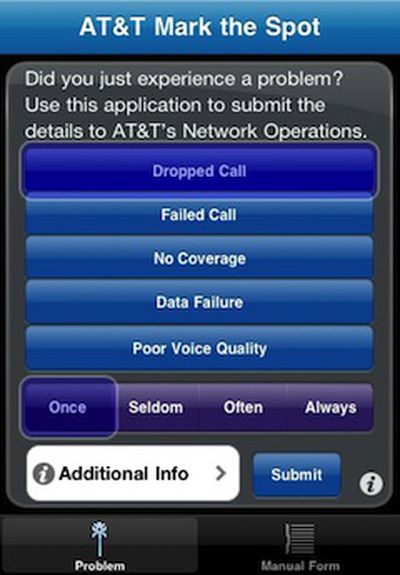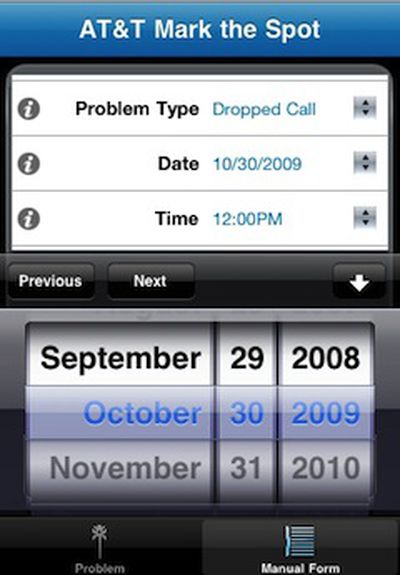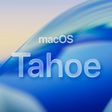The New York Times yesterday published a lengthy feature article on Apple's iPhone and the App Store, calling them a "game changer" in the field of telephony and mobile applications. While the article provides little in the way of new information, the prominent story is part of a recent push by Apple executives to share their vision for the App Store and to address concerns from customers and iPhone developers over the App Store approval process.
In discussing the "game changing" nature of the App Store, the report quotes a "giddy" Apple senior vice president Phil Schiller, who has been Apple's primary point person for the media, particularly when it comes to the App Store.
"I absolutely think this is the future of great software development and distribution," Mr. Schiller says. "The idea that anyone, all the way from an individual to a large company, can create software that is innovative and be carried around in a customer's pocket is just exploding. It's a breakthrough, and that is the future, and every software developer sees it."
Addressing the issue of the App Store approval process, the report sees it as a "necessary evil" in order to provide a safe and secure repository of applications for customers' use. Regardless, Schiller claims that the vast majority of applications have little problem receiving approval, although there are occasional issues that crop up and the company appreciates the feedback it receives.
"I think, by and large, we do a very good job there," Mr. Schiller said. "Sometimes we make a judgment call both ways, that people give us feedback on, either rejecting something that perhaps on second consideration shouldn't be, or accepting something that on second consideration shouldn't be."
The article also compares the App Store's revolutionary impact on mobile applications to the iTunes Store's impact on the digital music industry, noting that while the App Store is part of the iTunes Store experience, it is a vastly different operation.
"A rocket ship is even too small of an analogy," says Eddy Cue, Apple's vice president for iTunes, of the App Store's popularity. "We've been able to leverage a lot of our iTunes technology for the App Store. But it's completely different. We're reviewing all of those apps. We really don't have to review each and every song."
But Apple is not alone in the industry, and the report highlights efforts on other platforms and how they differ from Apple's approach. Some companies, such as Research in Motion and Microsoft, acknowledge Apple's huge lead in the application market with over 100,000 applications and instead claim to be focused on the quality of their smaller application libraries. Others, such as Palm and Google, are offering a simpler or non-existent review process, touting unfettered access and content as their selling points.
Regardless of how things turn out in the future, the report's conclusion is that Apple's iPhone and App Store will almost certainly be seen as a "turning point" in the mobile communications industry, marking the transition of mobile phones into mobile computers.


















